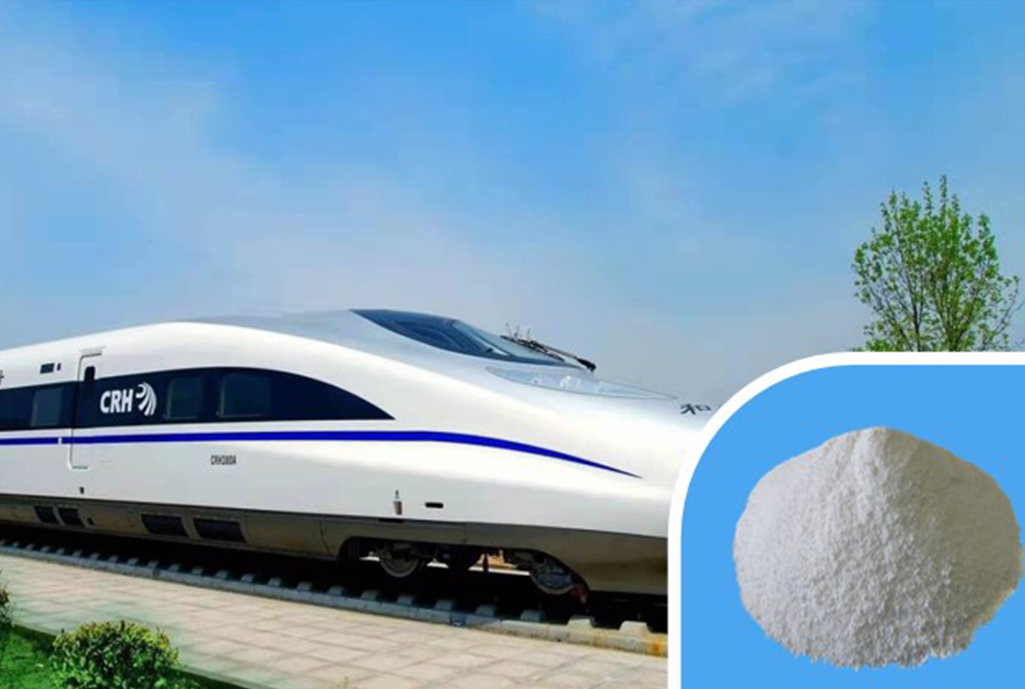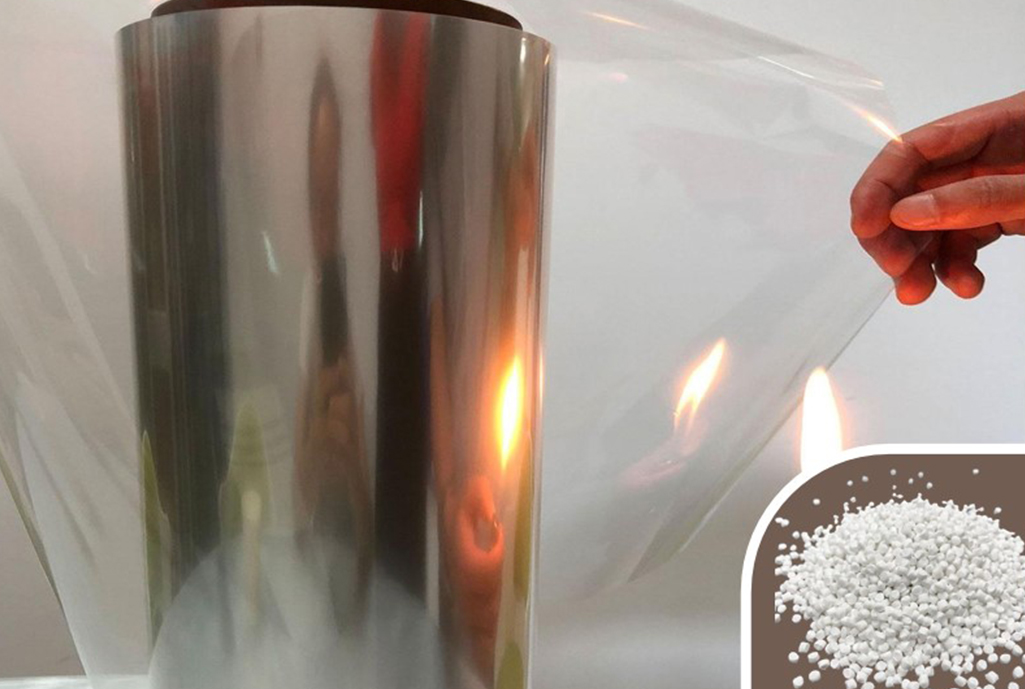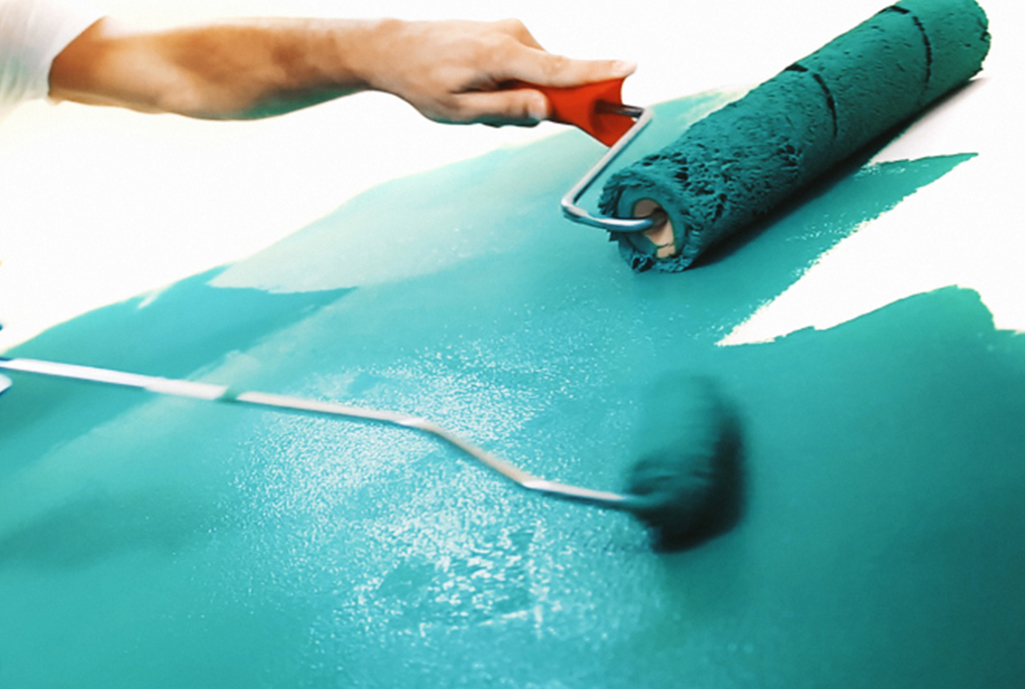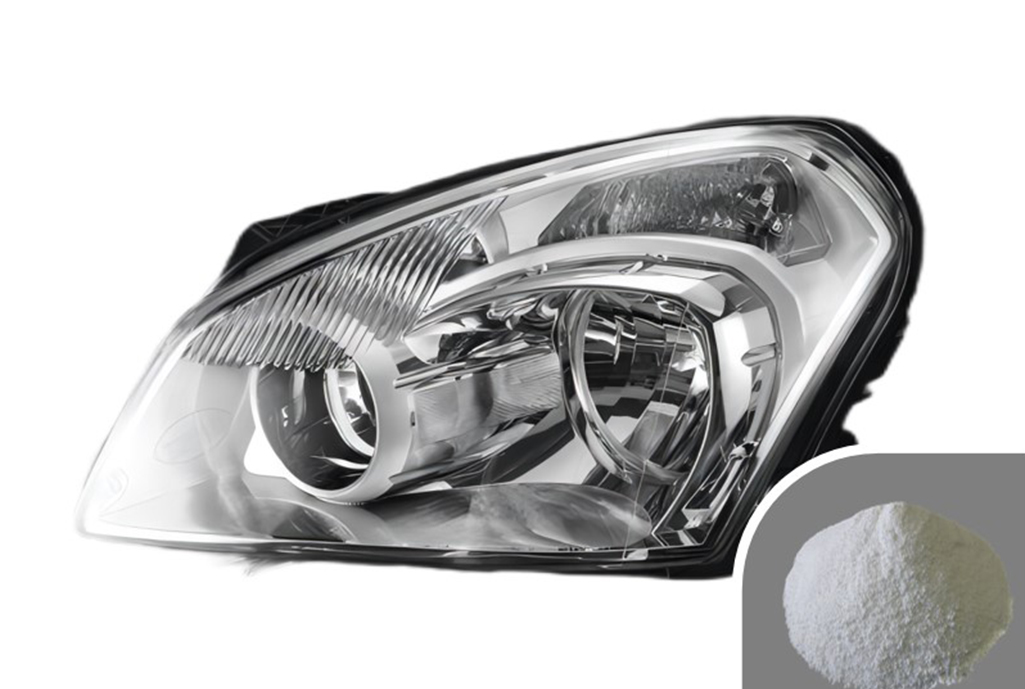Enhancing Safety: The Role of PP Pipe Flame Retardant Masterbatch
2025-10-27
The demand for enhanced safety in various industrial and domestic applications has driven significant advancements in material science, particularly concerning Polypropylene (PP) pipes. While PP is a popular, cost-effective, and versatile material widely used in plumbing, drainage, and other infrastructure, its inherent flammability presents a safety concern in certain environments. This is where the specialized additive known as PP Pipe Flame Retardant Masterbatch becomes essential.
What is PP Pipe Flame Retardant Masterbatch?
A masterbatch is a concentrated mixture of pigments or additives encapsulated during a heat process into a carrier resin, which is then cooled and cut into granules. The use of a masterbatch allows the processor to economically color or impart other properties (like flame retardancy) to a polymer.
The PP Pipe Flame Retardant Masterbatch is specifically engineered for use with polypropylene resin destined for pipe extrusion. It contains a high concentration of flame retardant additives dispersed in a PP carrier resin. When this masterbatch is mixed with virgin PP material, the flame retardant properties are uniformly distributed throughout the final product .
Key Mechanism and Benefits
The primary function of the PP Pipe Flame Retardant Masterbatch is to suppress or delay combustion. These masterbatches typically employ various mechanisms, often combinations, to achieve this:
-
Chemical Reaction: Some flame retardants react chemically in the presence of heat, forming a non-flammable gas that dilutes the flammable gases produced by the burning polymer.
-
Char Formation: Others promote the formation of a carbonaceous layer (char) on the surface of the burning material. This char acts as an insulating barrier, reducing heat transfer to the underlying material and starving the fire of fuel.
-
Endothermic Decomposition: Certain additives decompose in an endothermic (heat-absorbing) reaction, drawing heat away from the fire and cooling the material.
The integration of the masterbatch into PP pipes offers crucial benefits:
-
Improved Safety: This is the most significant advantage, particularly in commercial buildings, public infrastructure, and sensitive industrial zones where fire safety regulations are stringent. The pipes meet necessary fire standards (e.g., UL, V0 ratings).
-
Ease of Processing: Using a masterbatch ensures consistent dosage and uniform dispersion of the additive, simplifying the manufacturing process compared to handling raw powder additives.
-
Minimal Impact on Mechanical Properties: Modern formulations are designed to achieve flame retardancy with minimal negative impact on the PP pipe's essential characteristics, such as tensile strength, impact resistance, and durability.
-
Reduced Smoke Emission: Many advanced flame retardant systems are halogen-free, which is an increasing regulatory requirement. Halogen-free masterbatches not only reduce toxicity but also significantly lower the density and opacity of smoke produced during a fire, aiding in escape and rescue efforts.

Applications in Infrastructure
The material is essential across a spectrum of pipe applications where fire resistance is a requirement:
-
HVAC Systems: Ducts and pipes in heating, ventilation, and air conditioning systems within multi-story buildings.
-
Electrical Conduit: Protecting wiring in areas where fire spread is a risk.
-
Industrial Piping: Used in factories or chemical plants that handle flammable or combustible materials.
-
Plumbing in Sensitive Areas: Hospitals, data centers, or high-occupancy residential buildings.
In conclusion, the PP Pipe Flame Retardant Masterbatch is a vital component in modern material engineering, transforming standard polypropylene pipes into reliable, fire-resistant assets. It represents a commitment to safety and compliance, ensuring that critical infrastructure can perform its function while mitigating the risks associated with fire.




















